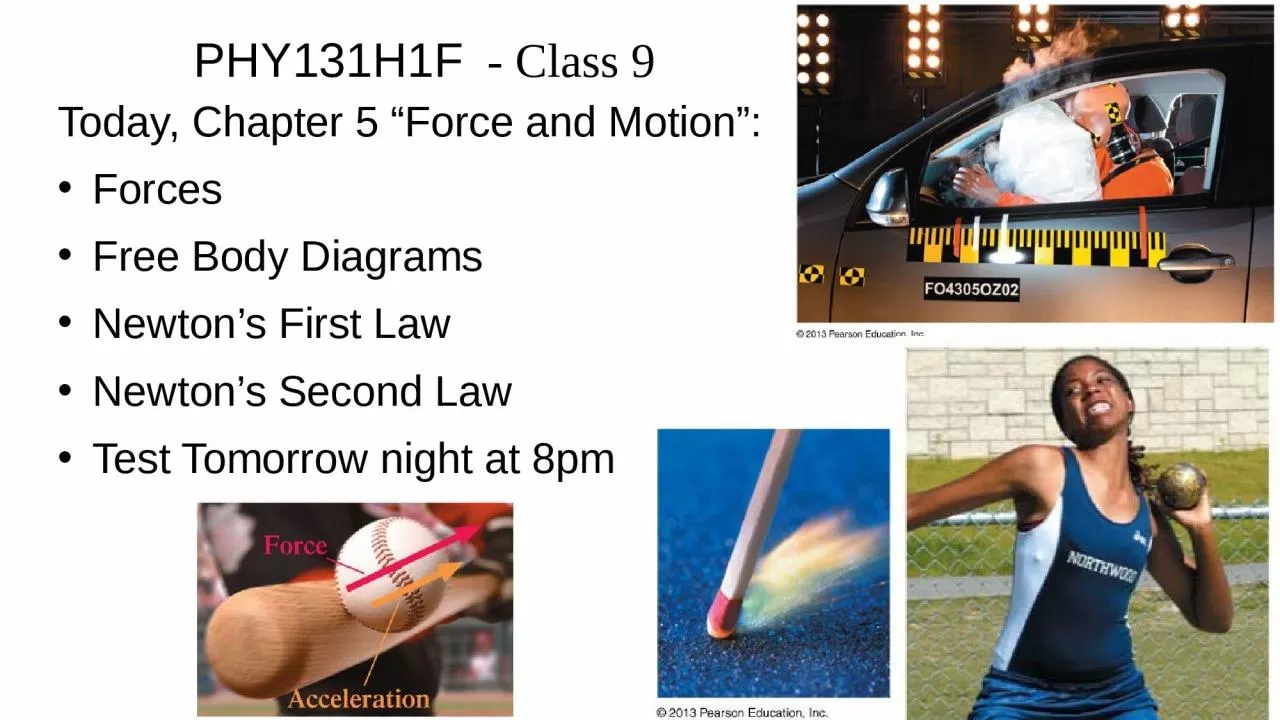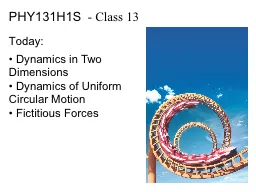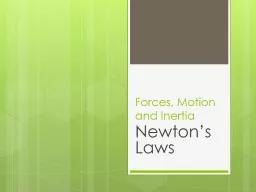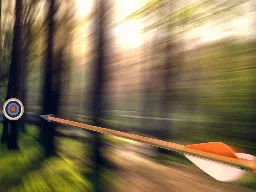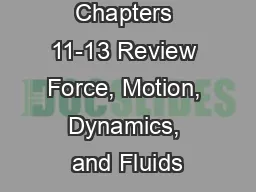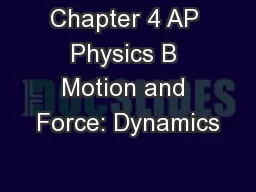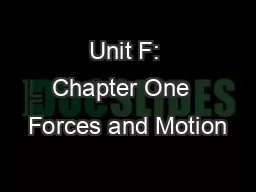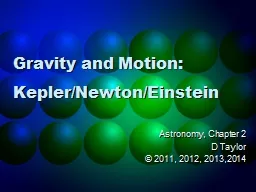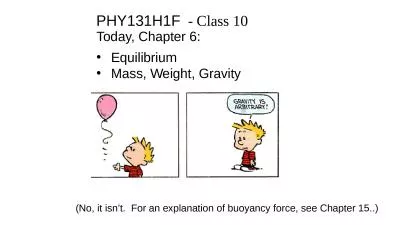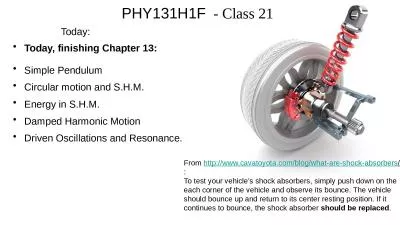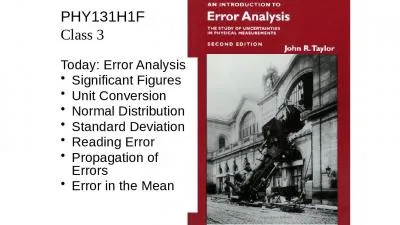PPT-PHY131H1F - Class 9 Today, Chapter 5 “Force and Motion”:
Author : walsh | Published Date : 2023-09-21
Forces Free Body Diagrams Newtons First Law Newtons Second Law Test Tomorrow night at 8pm Clicker Question 1 You toss a ball straight up in the air Immediately
Presentation Embed Code
Download Presentation
Download Presentation The PPT/PDF document "PHY131H1F - Class 9 Today, Chapter 5 �..." is the property of its rightful owner. Permission is granted to download and print the materials on this website for personal, non-commercial use only, and to display it on your personal computer provided you do not modify the materials and that you retain all copyright notices contained in the materials. By downloading content from our website, you accept the terms of this agreement.
PHY131H1F - Class 9 Today, Chapter 5 “Force and Motion”:: Transcript
Download Rules Of Document
"PHY131H1F - Class 9 Today, Chapter 5 “Force and Motion”:"The content belongs to its owner. You may download and print it for personal use, without modification, and keep all copyright notices. By downloading, you agree to these terms.
Related Documents

